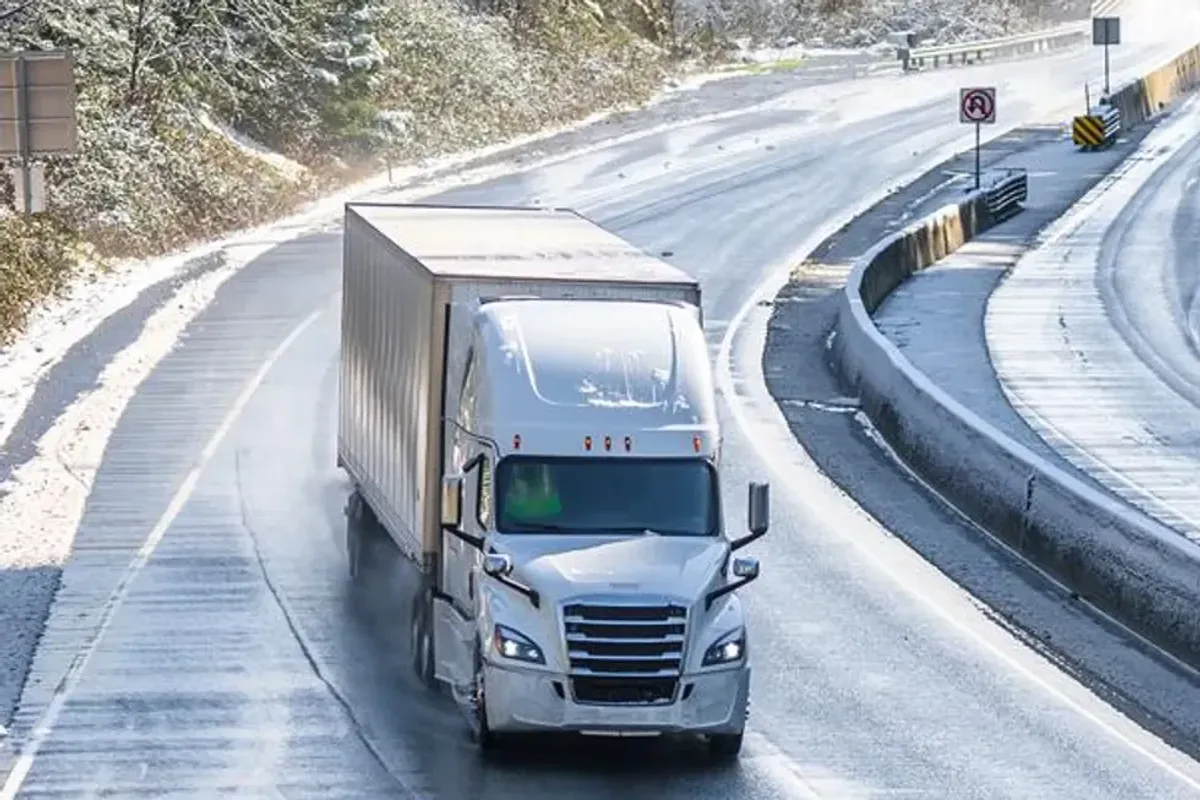
Top 7 Winter Driving Hazards: How To Avoid Them
More than 70% of the nation's roads sit in regions that see over 5 inches of snowfall each year. That means there's a good chance you'll encounter slippery and downright dangerous driving conditions over the next three months.
The U.S. Department of Transportation's Federal Highway Administration estimates that 1 in every 4 weather-related vehicle crashes happen on snowy, slushy or icy pavement. Drive smart and stay safe no matter the conditions by knowing how to avoid these top 7 winter hazards:
1. Lack of preparation. Don't let down your guard. Pack a safety kit that includes blankets, extra clothing, rain gear, nonperishable food, water, jumper cables, and roadside flares or markers in case you get stranded in frigid weather. Carry rock salt, sand or kitty litter for traction. Consider using tire chains in states that allow them. Bring snow brushes and ice scrapers with you. Always clean ice and snow off your mirrors, windows and lights. Check tires for proper pressure and make sure your truck is services and its safety systems operate properly.
2. Speed. Snow, sleet, ice and slush reduce traction. Drive only as fast as road conditions allow. Accelerate and brake slowly. Apply the brakes earlier and slowly when approaching red lights and stop signs. Assume that you will slide. Keep a firm grip on the wheel. Don't use cruise control. Slow down when driving in gusty winter winds, too, especially when hauling an empty trailer.
3. Tailgating. You need more time to stop in slippery conditions, so avoid following other vehicles too closely. Keep a distance of about 7 – 14 seconds between vehicles. Also, in snow, don't follow in other drivers' ruts; they likely include hard-packed ice.
4. Black ice. Icy roads look just like wet roads, which makes them especially dangerous. Drive too fast on black ice and you'll likely spin out of control or jackknife. A quick tip: If there's no road spray from other cars, you're probably driving on black ice. Slow down and drive with extra caution.
5. Bridges, on ramps and off ramps. Bridges and other elevated surfaces freeze faster than roadways. Highway on ramps and off ramps typically are slicker than the roads they lead to and from.
6. Other drivers. No matter how safely you drive in winter weather, odds are that other drivers won't do the same. Expect erratic driving behaviors so you don't get caught up in another motorist's accident.
7. Not knowing your limits. Don't be a hero. If you do not have the experience or feel unsafe, then don't drive. If you encounter whiteout conditions or simply feel unsafe driving, pull over and wait for weather to clear.